Eight years since US forces turned Afghanistan hospital into slaughterhouse
By Ajmal Barakzai
In the pitch darkness of night, on October 3, 2015, a hospital operated by Doctors Without Borders (Médecins Sans Frontières) in northern Afghanistan’s Kunduz city came under high-precision, indiscriminate airstrikes, shattering the deafening silence.
Kunduz Trauma Center – including its intensive care unit, emergency rooms, laboratory, x-ray unit, outpatient department, mental health and physiotherapy ward – were all reduced to rubble.
At least 42 people, including patients, staff and caretakers, were killed in the devastating attack carried out by an American gunship, marking one of the deadliest chapters in the 20-year-long American war.
Tuesday marked the eighth anniversary of the tragic incident, and yet another reminder of how the US-led coalition perpetuated horrendous war crimes in the South Asian country following the invasion in 2001 and how the victims of America’s longest war that lasted two decades were denied justice.
The only thing Americans did was “apologize” to MSF – apologize for destroying dozens of lives and families, making more children orphans and filling more graveyards in Afghanistan.
How did the attack unfold?
At the end of September 2015, there was fierce fighting between the government and rebel forces in the north of the country, and the Taliban managed to capture the city of Kunduz.
The Afghan National Army responded to it with a counter-offensive in an attempt to regain control of the city, so they called in the US Air Force for help.
The Kunduz Trauma Centre was located in the city center, operated by Doctors Without Borders (MSF) since 2011. It catered to the local population in Kunduz.
Although it was in the middle of a rapidly changing frontline, MSF personnel had informed all warring parties of the location of its hospital complex.
Medical facilities are protected under international humanitarian law, so MSF officials and doctors had considered themselves relatively safe until the hell broke loose.
American military officials were also informed, and precise GPS coordinates were sent to them four days before the airstrike, according to multiple reports.
At 2:08 a.m. on October 3, the US Air Force started precise and repeated airstrikes on the Kunduz Trauma Centre complex that lasted for around one hour.
A US AC-130 Hercules gunship fired 211 shells on the main hospital building where patients were sleeping in their beds or being operated on in the operating theatre.
The surrounding buildings were left mostly untouched. During an hour of horror, MSF teams desperately called both Afghan and US military authorities to stop the airstrikes.
In a report at the time, the Washington Post admitted that US AC-130 gunship aircraft circled the hospital in the darkness of night, loaded with 25mm and 40mm cannon as well as a 105mm howitzer.
Every time the aircraft passed, approximately every 15 minutes, it fired and hit the main hospital building “repeatedly and precisely”, MSF said at the time, suggesting that it was not accidental.
US commander in Afghanistan John F Campbell later admitted that the hospital was “mistakenly struck”, without a shred of remorse and without any promise of justice and accountability.
Who were the victims?
Amid the fighting between two warring sides, the MSF staff was overwhelmed with hundreds of wounded patients whose number increased as the fighting intensified.
In the five days leading up to the airstrike, they treated 376 patients in the emergency room.
On the night of the fatal air attack, there were 105 patients in the hospital building, as well as 140 of the MSF staff, of whom 80 were on duty, according to reports.
According to official MSF data, at least 42 people were killed, including 24 patients (among others three children), 14 staff and 4 caretakers. An additional 37 people were seriously injured.
The 12 staff killed were all Afghan nationals, which was a significant loss for a nation that had and continues to have an extremely low doctor-patient ratio.
Their patients burned in their beds, their medical staff were decapitated or lost limbs, and others were shot from the air while they fled the burning building.
The US airstrike made the hospital unusable and all surviving critical patients were referred to other providers, and all MSF staff was evacuated from the war-torn Kunduz.
It was the only health facility of its kind in northeastern Afghanistan, according to MSF, which provided free high-level life and limb-saving trauma care, especially during the years of war.
After the attack, MSF demanded an independent investigation by the International Humanitarian Fact-Finding Commission (IHFCC.org) to establish the facts of the devastating attack.
The call was summarily rejected by Washington. A US report concludes that it was not a war crime.
“The investigation concluded that certain personnel failed to comply with the rules of engagement in the law of armed conflict,” Joseph Votel, commander of US Central Command, said after the attack.
“However, the investigation did not conclude that these failures amounted to a war crime. The label war crimes is typically reserved for intentional acts -- intentional targeting of civilians or intentionally targeting protected objects or locations.”
In response, MSF President Meinie Nicolai said the report amounted to “an admission of an uncontrolled military operation in a densely populated urban area, during which US forces failed to follow the basic laws of war”.
Human rights activists say the demand for an independent investigation was fair but it could have exposed the US military adventures in Afghanistan and that was a reason enough for them to reject it.
How did the US push it under the carpet?
US officials tried hard to downplay their role in the undeniable crime and even pushed it under the rug, changing the story several times and giving contradictory information to the media.
The first official reaction was that they were targeting Taliban positions and that the airstrike may have resulted in "collateral damage" in a nearby hospital, which is a long-standing US euphemism for civilian casualties.
MSF immediately denied US claims of an "accident," stating that the building was hit precisely and repeatedly, despite giving coordinates to the Pentagon and their desperate calls during the attack.
Multiple examples appeared in the media when the US military did not show humanitarian principles towards doctors, destroying and invading numerous hospitals and even interrupting surgical operations.
As a result, the official story was changed and it was no longer a stray bomb or an accident, but a deliberate airstrike targeting the Taliban fighters at the hospital.
Once again, MSF denied US claims as none of its staff at the hospital heard or saw Taliban fighters engaging US or Afghan forces. MSF has issued this statement:
"Today the US government has admitted that it was their airstrike that hit our hospital in Kunduz and killed 22 patients and MSF staff.
Their description of the attack keeps changing, from collateral damage to a tragic incident, to now attempting to pass responsibility to the Afghanistan government. The reality is the U.S. dropped those bombs.
The US hit a huge hospital full of wounded patients and MSF staff. The US military remains responsible for the targets it hits, even though it is part of a coalition.
There can be no justification for this horrible attack. With such constant discrepancies in the US and Afghan accounts of what happened, the need for a full transparent independent investigation is ever more critical."
The Pentagon's final report released in April 2016 changed the story again and called the attack an "accident," arguing it thus did not amount to a war crime.
After the investigation, 16 members of the US military were disciplined in the form of suspension and removal from command, though none were criminally charged.
The victims were offered money as compensation, $6,000 for dead and $3,000 for wounded people, which tells us how much Washington values Afghan life.
A similar compensation of $5,000 was offered by the German government for the victims of the 2009 German airstrike in Kunduz that killed between 100 and 200 Afghan civilians.
For comparison, in 2018 a federal judge in New York set damage awards for 9/11 victims according to the following scale: $12.5 million per spouse, $8.5 million per parent, $8.5 million per child and $4.25 million per sibling.
Ajmal Barakzai is an Afghan activist currently living in Europe.
(The views expressed in this article do not necessarily reflect those of Press TV)
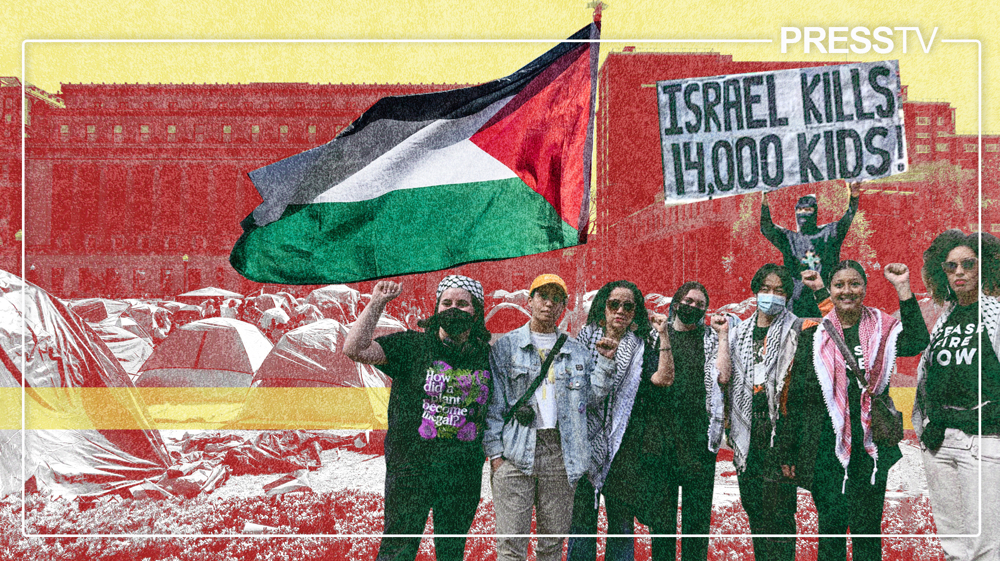
The April Revolution: One-year anniversary of Gaza solidarity encampments in US

Iran-US nuclear talks: A historical overview and future expectations
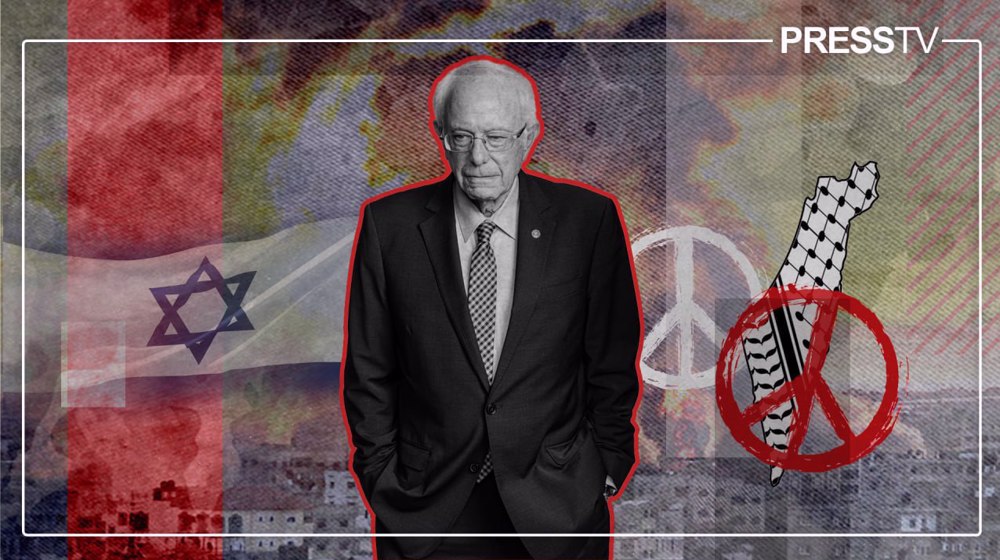
How Bernie Sanders condemns genocide in Gaza without actually condemning it
VIDEO | Gaza’s dire conditions hit unprecedented levels
VIDEO | Press TV's news headlines
VIDEO | Pakistan’s business and cultural front unites for Gaza: Nationwide shutdown, boycott announced
US jets carry out more aggression against Yemen
Syrian militants enslaving Alawite women in Idlib governorate: Report
VIDEO | US pro-Palestinian campus protest
VIDEO | Palestinian civil defense rejects Israel’s probe and exposes the crime
India downgrades ties with Pakistan after deadly Kashmir attack


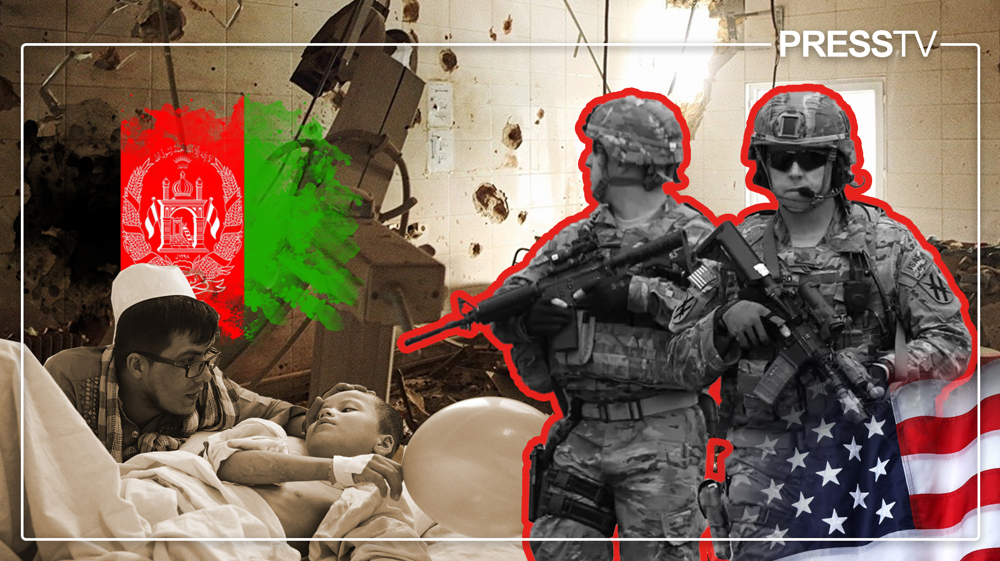



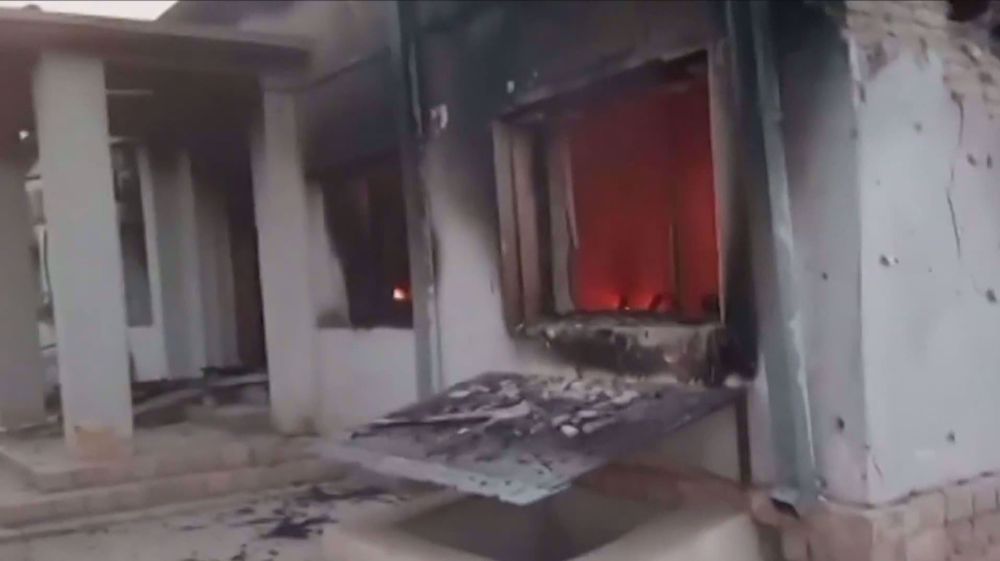

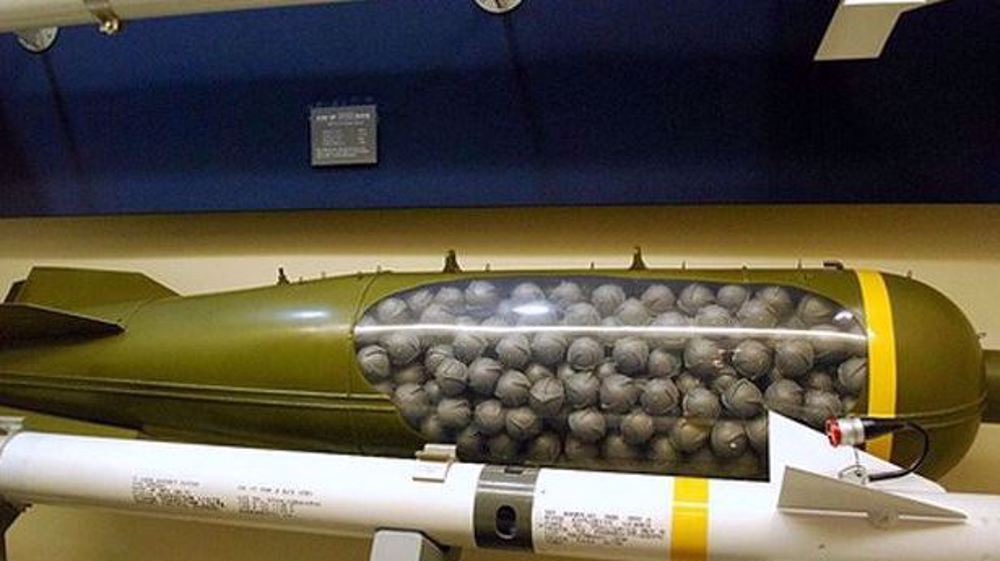
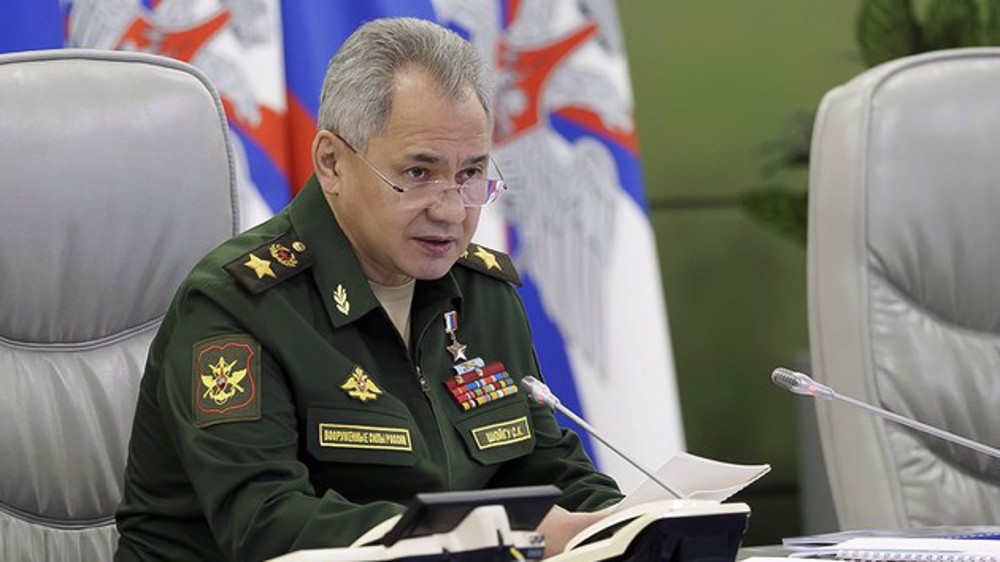

 This makes it easy to access the Press TV website
This makes it easy to access the Press TV website